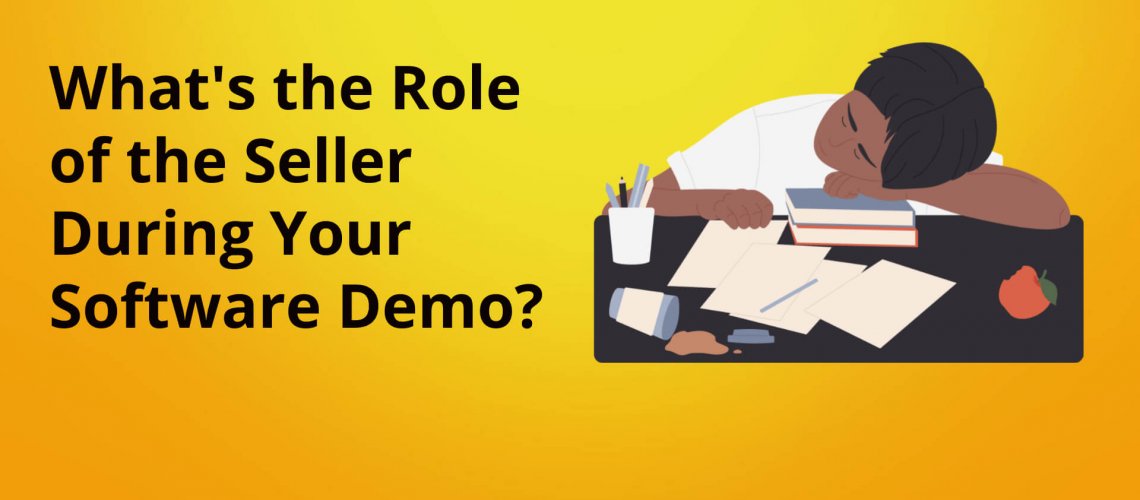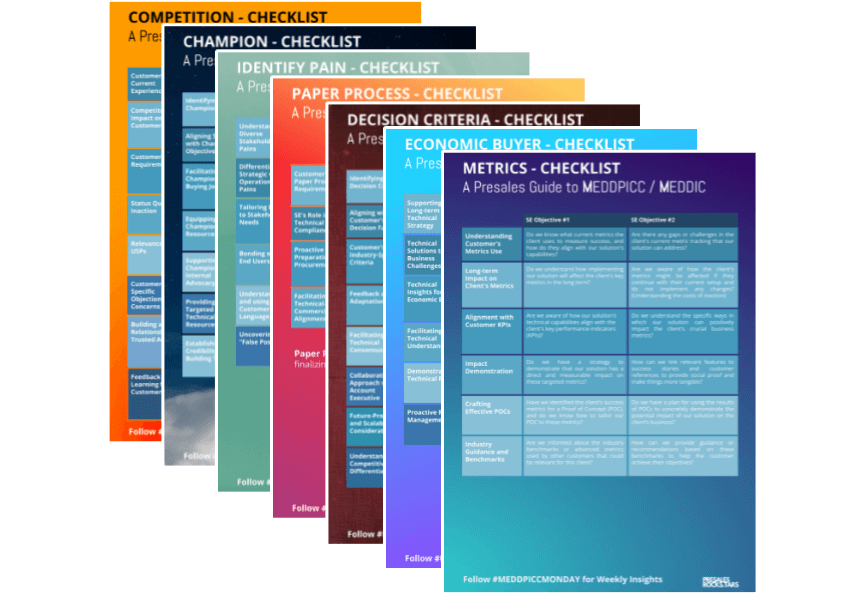The Software Demo: What’s the Seller’s Role?
Software demos offer a powerful way to demonstrate how your product uniquely addresses your prospect’s most pressing business challenges. A well-executed demo can mean the difference between securing a deal or hearing a disappointing „no“.
However, with solutions engineers (SEs) or other technical leads in the spotlight, it’s easy for salespeople to fade into the background. This is unfortunate, as the seller plays a pivotal role in ensuring a successful software demonstration.
Your Key Objective: Setting the Stage
Your primary responsibility is to establish clear expectations and highlight the importance of the demo. This involves:
- Setting the Context: Start with a concise reminder of why your audience is there.
- The Problem: Plainly state the customer’s pain points. What problems are causing them stress, lost revenue, or operational inefficiencies?
- The Solution (Broadly): Demonstrate how your software tackles these issues (focus on broad concepts, not specific features just yet).
- The Stakes: Illustrate the possible consequences if these problems remain unsolved. Missed opportunities? Dissatisfied customers? This emphasizes the urgency of finding a solution.
By establishing this framework, you focus attention and demonstrate value from the get-go.
Goalkeeper
Maintain focus on the core meeting objectives you outlined at the beginning. Intervene if the demo meanders or discussions become too tangential. It’s acceptable to be the ‚guide‘ who ensures everyone stays on track.
- Protect Your Purpose: Should the demo deviate from addressing the agreed-upon pain points, gently steer things back. Consider saying something like, „That’s insightful, but let’s refocus on how we directly confront [main customer problem].“
- Time-keeper: Be mindful of time constraints. Guide the demo towards its key goals to ensure maximum value within the allotted timeframe.
Mastering the Art of Observation
While your SE leads the technical aspects, your role is equally vital. You’re the perceptive observer with these crucial tasks:
- Read the Room: Pay attention to body language, expressions, and verbal cues. Do you sense engagement? Hesitancy? A lack of understanding?
- Step In: If you perceive disinterest, it’s time to inject energy. Engage the audience with questions or redirect the focus back to their core problems.
Ask the Questions Others Might Not
Don’t hesitate to ask questions, even if they seem overly simple. This is where you can make a difference:
- Challenging Assumptions: Demos can easily turn into a feature showcase. Ensure these features align with the buyer’s most urgent needs. It’s better to confirm this alignment early on.
- Think Like a Newbie: If terminology becomes overly technical, request explanations that everyone can grasp. This benefits the entire audience and aids in creating buy-in from less tech-savvy decision-makers.
- Analogies: Encourage your SE to use relatable metaphors or everyday examples to make complex concepts more understandable.
Taking Great Notes
Be an active listener. Note the following:
- What Resonates: Which features generated excitement? These are likely important for your follow-up.
- Lingering Questions: Did the demo clarify everything? If not, you have areas for further discussion.
- Priorities: What issue seemed to be the most pressing for the buyer? Emphasize these points going forward.
Maintaining Momentum: Closing the Demo
As the demo ends, transition into your closing role to seal the deal:
- Circle Back to the Start: Re-emphasize the business issues outlined at the beginning. Now, clearly demonstrate how your software provides the solution.
- Confirm Commitment: Verify that the prospect sees these problems as important and urgent.
- Lock in the Next Steps: Avoid vague promises of follow-up. Schedule next steps immediately and send a summary of the demo and agreed-upon actions.
A Final Word
Selling software is a team effort, and the seller plays a pivotal role in facilitating this collaboration, both during the demo and in its aftermath.
- Guardian of Your SE: Ensure your SE stays on topic. It’s your job to intervene and maintain the focus on what truly matters to the customer.
- Strategic Debriefing: Post-demo, take time to go over your notes with the SE. This collaboration is crucial for refining your approach and identifying key areas that hold the most value for the buyer.
Remember, in a software demo, sellers are more than just spectators. Stay engaged, ask insightful questions, and prioritize customer needs. By working closely with your technical team, you’re more likely to see a significant increase in successful deal closures.





